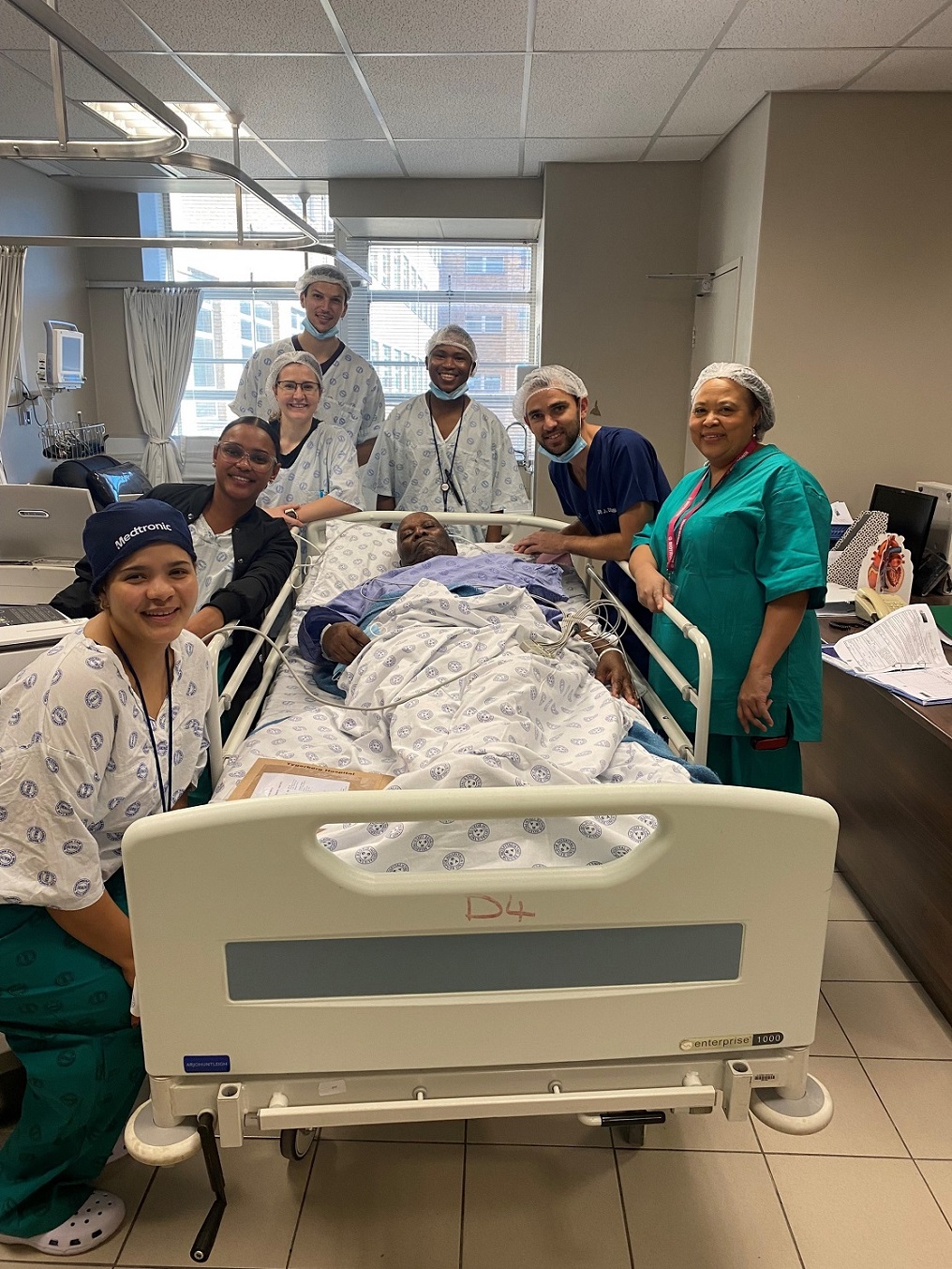
News
Sponsored devices at Tygerberg Hospital improve the heart functions of patients
Two patients show good signs of recovery after undergoing cardiac resynchronisation therapy (CRT) at Tygerberg Hospital a few months ago. The procedure involves implanting a special pacemaker (a small, battery-powered device) in these patients to improve the function of their failing hearts. These devices are implanted in the best candidates in many public sector hospitals in South Africa and are part of usual care.
As Heart Awareness Month (September) reminds us, cardiovascular disease, which includes heart disease and stroke, remains the leading cause of death in South Africa after HIV/AIDS. Thanks to the two donated CRT devices by Vertice and Visiting Professor Klaus Witte from the University Clinic Aachen in Germany, the Tygerberg Hospital cardiology team was able to perform these implants on two patients with heart failure and improve their quality of life.
One of the patients, Thembekile Maphekula (71) from Khayelitsha, who suffers from heart failure, is grateful to the CRT device as it helps to alleviate many of his symptoms: “I am feeling much better after the procedure. Before this, I was always in pain, sleepy, tired and constantly out of breath. I want to thank the cardiology team at the hospital as they really saved my life. This treatment gave me new energy.”
Heart failure is a common condition, often treated by cardiologists, in which the heart muscle becomes dysfunctional, with the pump function of the heart impaired leading to a decrease in blood supply to the organs. Thanks to the advances in heart failure treatment, most patients with heart failure respond well to medication alone.
Dr Jacques Doubell, a cardiologist at Tygerberg Hospital said although these patients were put on medication, unfortunately they did not respond well. “They remained tired after doing basic activities at home. Cardiac resynchronisation therapy became an option to help improve the electrical conduction in the heart and improves the “pump” function, and on 25 June, we performed the procedures. The procedures were successful, and their progress will be monitored during follow-up. A special thanks to all those that gave their time and money to make this possible.”
Patients requiring CRT are admitted the day before to explain the procedure. The procedure is performed under local anaesthetic while the patient is awake and are discharged the day after the procedure.
Patients who are not suitable candidates for CRT are treated medically. This treatment route includes various medications, lifestyle modification, evaluation and treatment of the underlying cause, and social assistance. Should medical therapy with or without CRT fail to improve symptoms, cardiac transplantation is considered.
Dr Doubell concluded: “A “device and wound check” were done shortly after implant. This will be followed up by a clinical review three to six months after implant. Otherwise, patients are seen monthly at their local clinic, and they can contact us if there are any issues.”


